Here, you will be overwhelmed every year | Earth Knowledge Bureau
Author:Earth Knowledge Bureau Time:2022.06.29
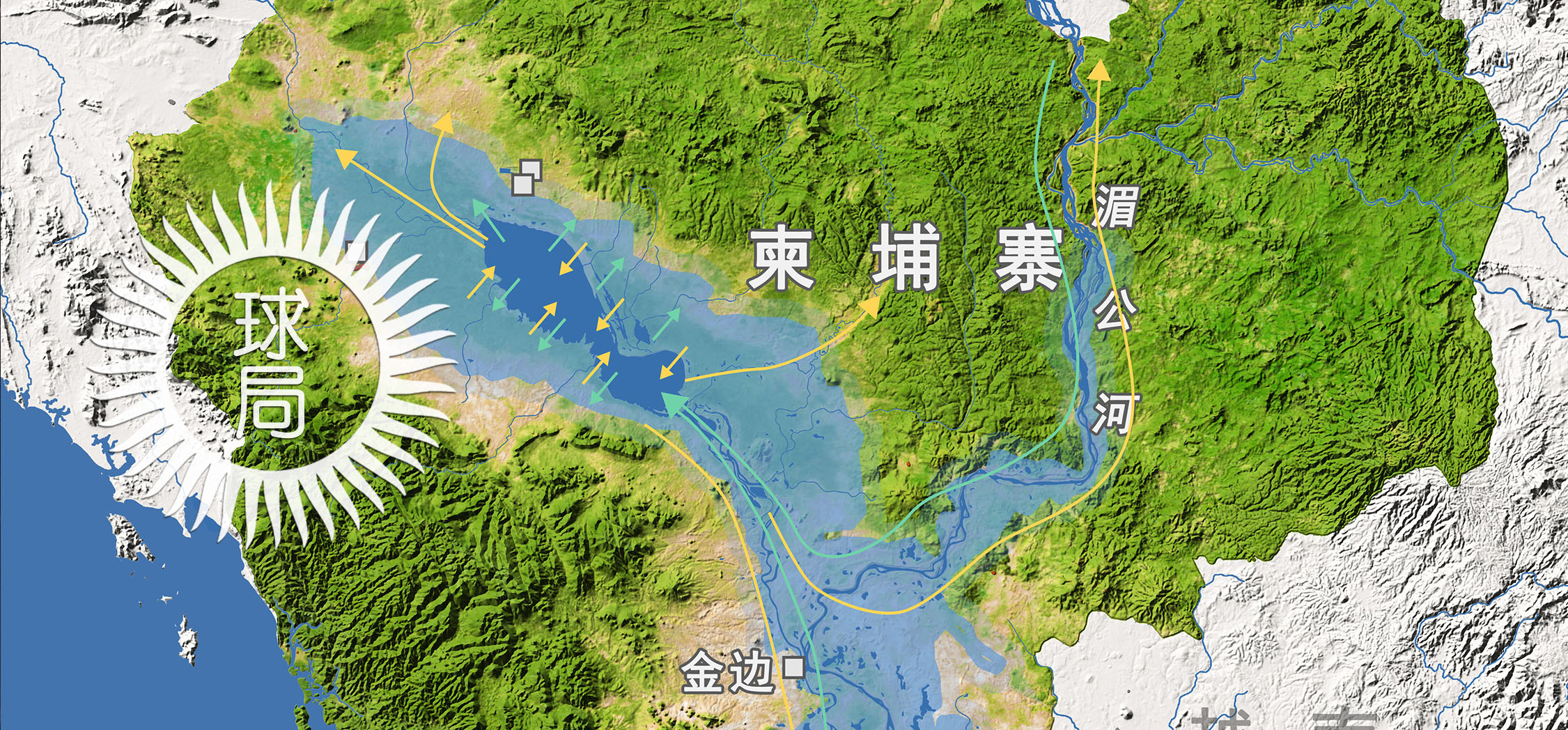
(⊙_⊙)
Since June, there have been floods in many places in the south of my country, improving the flood prevention level in many places, and carrying out rescue work. However, the floods occur not only in my country, but also Cambodia on the Central South Peninsula.
From June 10th to 11th, floods occurred in Phnom Penh in the Cambodian capital. Solving rainfall and strong winds caused multiple roads to flooding, vehicles turned off, advertising signs were damaged, causing injuries to personnel. A spokesman for the Cambodian National Disaster Management Commission said that the water level in some streets of Phnom Penh reached 111 mm, a record high.
David rain plus a less complete urban water launch system
As a result
(Figure: Facebook) ▼
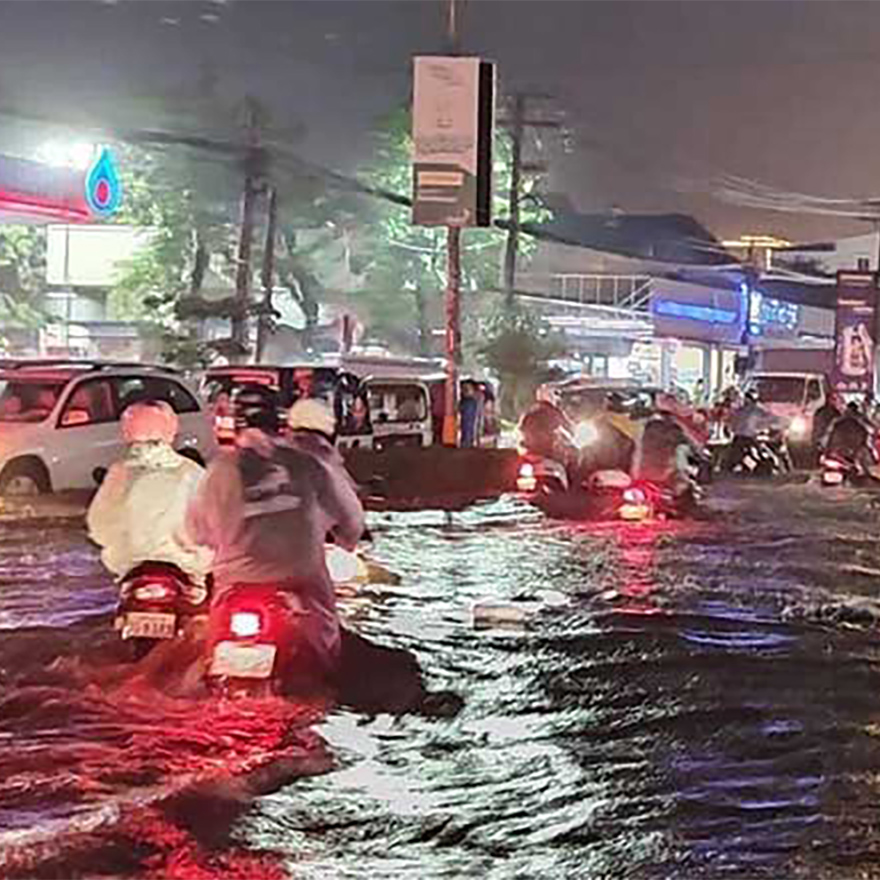
In addition to the rainfall, the "murderer" that caused the flood, as well as the largest freshwater lake in Southeast Asia northwest of Phnom Penh, Lake Donglisa. The water volume of this big lake has a clear seasonal change, and the water level rises rapidly during the rainy season, drowning the surrounding areas. Lake Donglisa has an important role in regulating the regulation of water resources in the Mekong River Basin. It is a well -deserved "heart of Cambodia."
Lake Donglisa is located in northwestern Cambodia, adjacent to Angkor Kiln
For thousands of years, the settlers on this land have been continuously nourished ▼
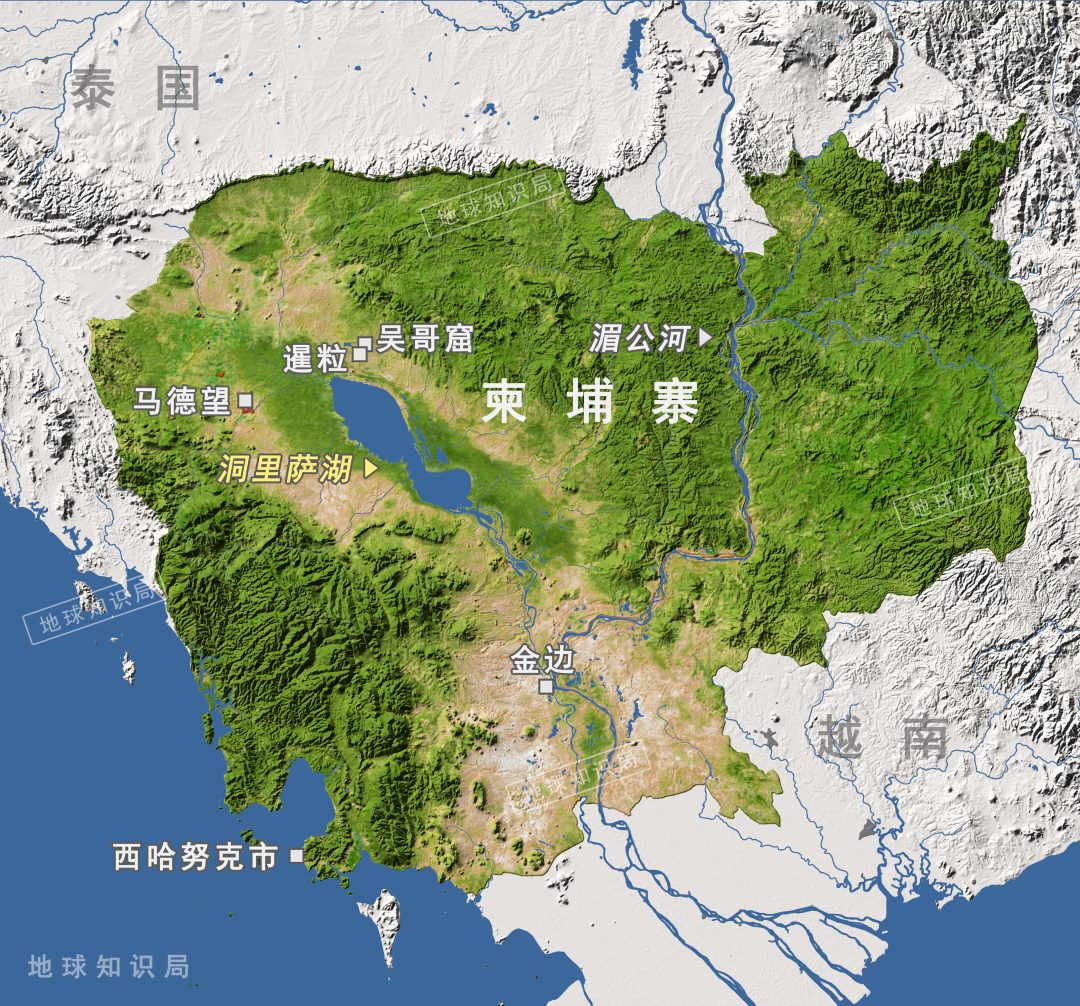
Reservoir on the Mekong River
When it comes to the Mekong River, people's minds can not help but be full of frustrated scenes such as violence, drugs, and illegal crimes. However, aside from the death impression of film and television works, the Mekong itself brought endless vitality to the land of Southeast Asia.
There are not only fierce drug lords, but also simple fishermen who live in water
During the year, they will migrate 5-6 times with the alternation of the rainy and dry season
(Racing the row of fishing row and tall house map: One picture network) ▼
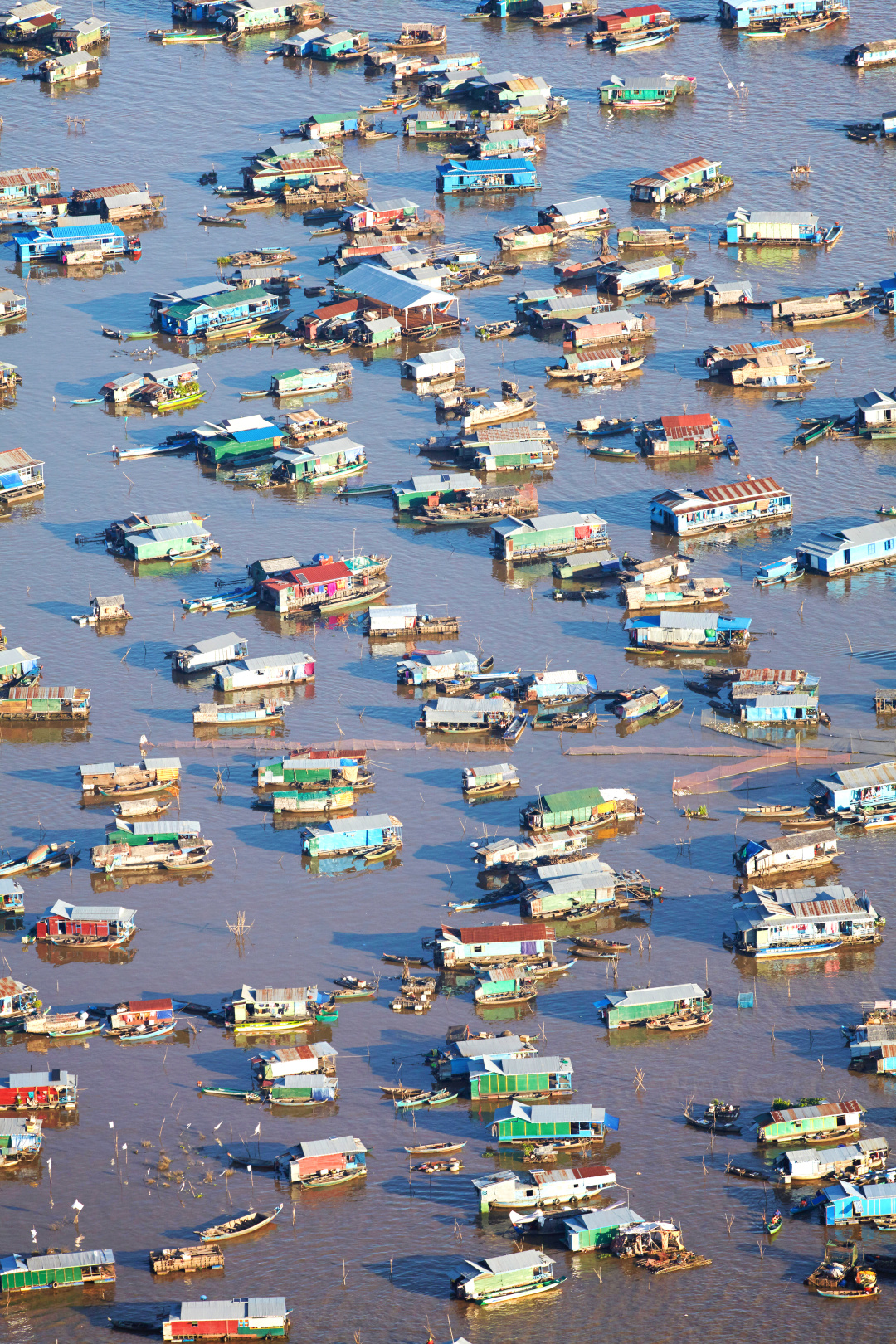
It originated from the Mekong River in the county of Yushu Tibetan Autonomous Prefecture, Qinghai, and 4,350 kilometers in length. It flows through the six countries of China, Lao, Myanmar, Thailand, Cambodia, and Vietnam. Eventually, the Mekong River Delta at the southern end of Ho Chi Minh City, Vietnam was remitted into the South China Sea. This transnational river has more than 60 million people in the basin, which is the aorta of many countries in Southeast Asia.
The Mekong River is the first long river in Southeast Asia and there are more curves
The flowing area is wide, but most of the tributaries are short ▼
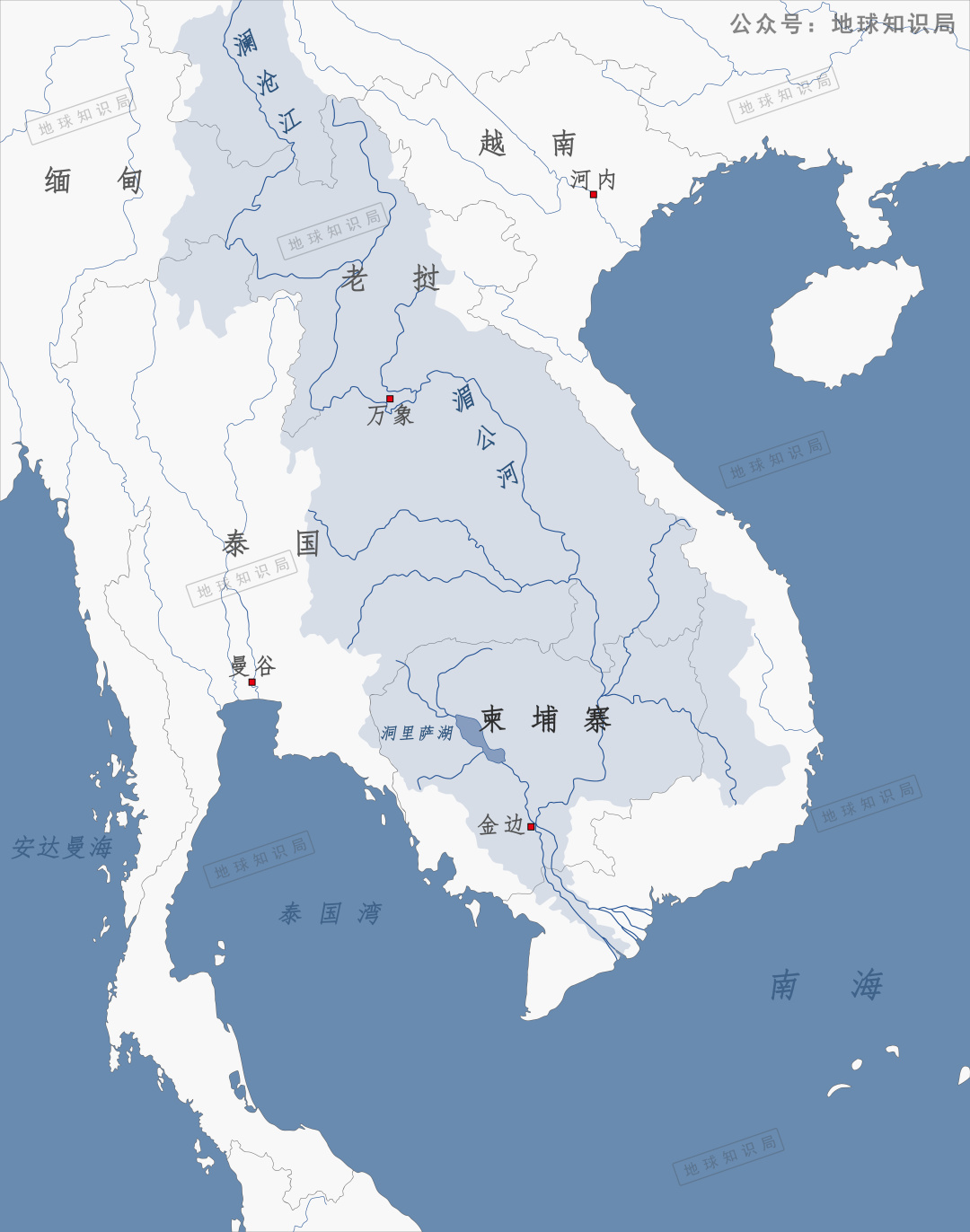
The river in the Mekong River is staggered and there are many tributaries. Large and small lakes are distributed along the coast. Lake, known as the "Cambodia Heart", is the most conspicuous one.
Tonlé SAP is located in the lower Mekong River Basin in western Cambodia and is formed by the first -level tributary of the Mekong River. The lower reaches of the lake via the Donglisa River, and it was merged into the Mekong River in Phnom Penh. In the Lake Lake of Donglisa, it is surrounded by many major Cambodia cities such as Maddwang, Siem Reap, Bodhisattva, and Qiao Tong.
The city is built in the water, and the people live in the water
It is both water source and fishing, and can also be used to find fun (Figure 2: One Photo Network) ▼
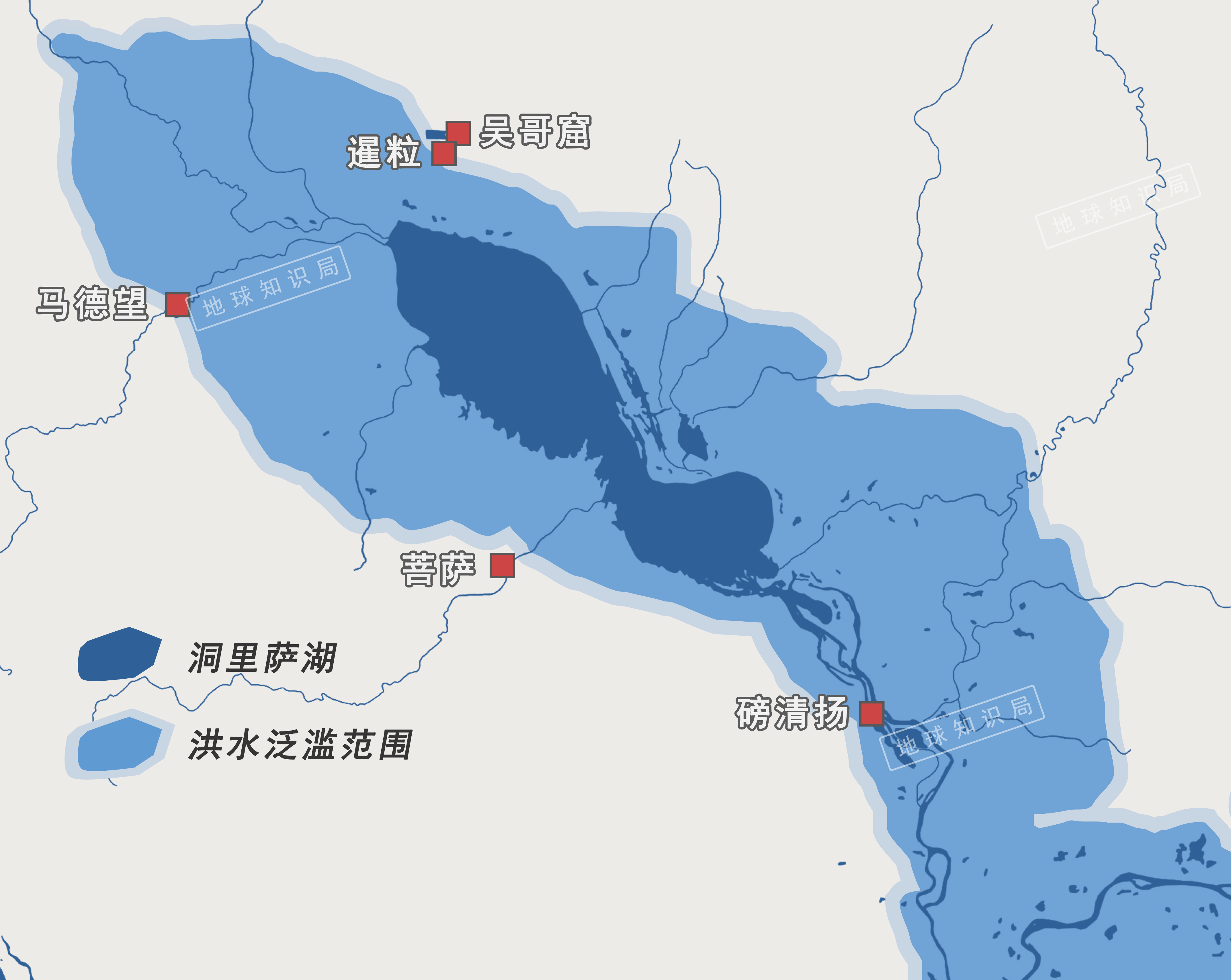
Affected by the tropical monsoon climate, the flow of flow in each month of the Mekong River is relatively large, resulting in a significant seasonal distribution in the water volume of Lake Lake in the cave.
From the rainy season from June to October each year, the precipitation increases, and the water volume of the upper reaches of the Mekong River has soared, accounting for about 70%of the annual water volume. The river with a large potential energy is poured into Lake Donglisa through the cave Risa River. At that time, the water level of Lake Donglisa can reach 10 meters deep, and the surface area will increase from 2500 to 3,000 square kilometers in the dry season to about 16,000 square kilometers, which is similar to the area of Beijing.
Lake Lake, full of rhythm, is worthy of the name of "Cambodia's Heart", which plays a circular regulation and controlling regional water resources. During the rainy season, Lake Donglisa can save the water volume, so that the downstream Phnom Penh is free from being disturbed by floods; during the dry season, the water volume can be replenished with the Mekong Delta. The dynamic changes in the basin also provide favorable conditions for the fish travel.
The typical case of "drought dying, dying during waterlogging"
It can accept the water into the lake in the Mekong River when drought, and when the water is long, you can also reverse the amount of water from the Mekong River ▼
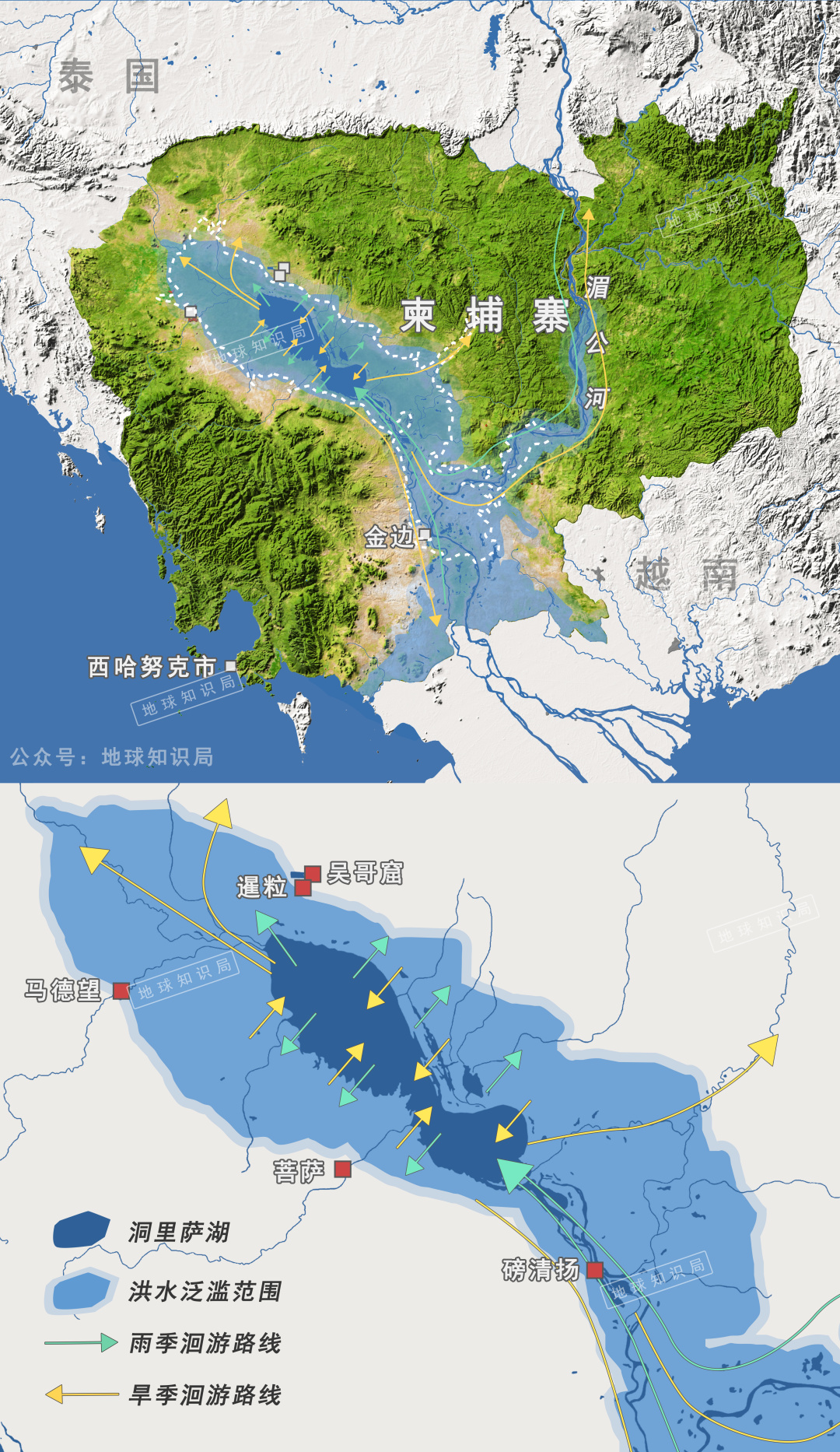
At the beginning of the rainy season each year, the fish eggs and small fish in the Mekong River will be poured into Lake Donglisa with the flood. With the decline in the flooding level at the end of the rainy season, the fish who eat and drink in Lake Donglisa will also swim in the Mekong River. During the peak, the scale of the travelers in the Lake Lake of Donglisa can reach 2 million.
Therefore, Lake Donglisa also has the beauty of "the richest inland fishing ground in Southeast Asia". The fish resources in the lake have also become the basic source of survival of people around.
Has mastered the basic skills of "eating water by water" from an early age
(Figure: One picture network) ▼
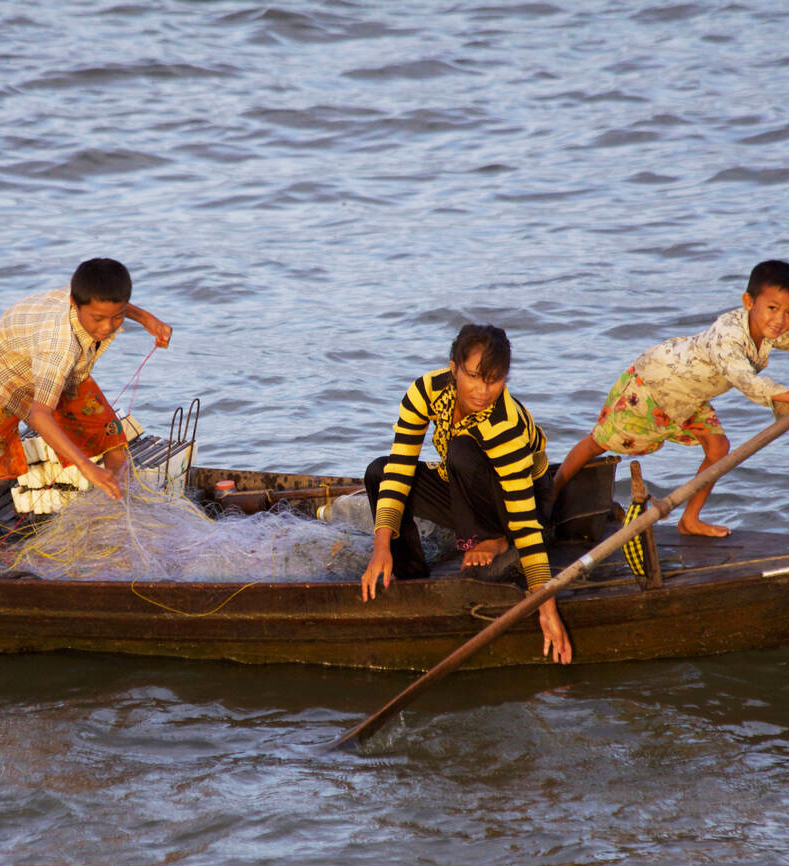
Rich fishery resources
Lake Donglisa is Cambodia's largest and fourth -world inland freshwater fishery high -yield area with an annual fishing volume of 767,000 tons, accounting for about 60%of the country's total fishery output. There are 197 kinds of fish in Lake Donglisa, including one of the largest freshwater fish in the world -Mekong Giant Catfish. This large fish can be up to 2.4 to 3 meters in length, and the weight can be 110 to 230 kg. It can be edible and refined.
Is there any possibility, this catfish is the prototype of Benpo Er 灞?
(Figure: One picture network) ▼

In addition to the Mekong giant catfish, the lake is rich in protein fish, which is marinated into dried fish, made into fish sauce or direct fresh food, accounting for 40%to 70%of the total population of the national population protein in Cambodia. Lake Lisa has become a well -deserved "mother lake" that nurtured 16.72 million Cambodian people.
The name of Cambodian currency is Ryl, which is a common name of small catfish
It can be seen from the importance of fish in the local economy (Figure: One Photo Network) ▼
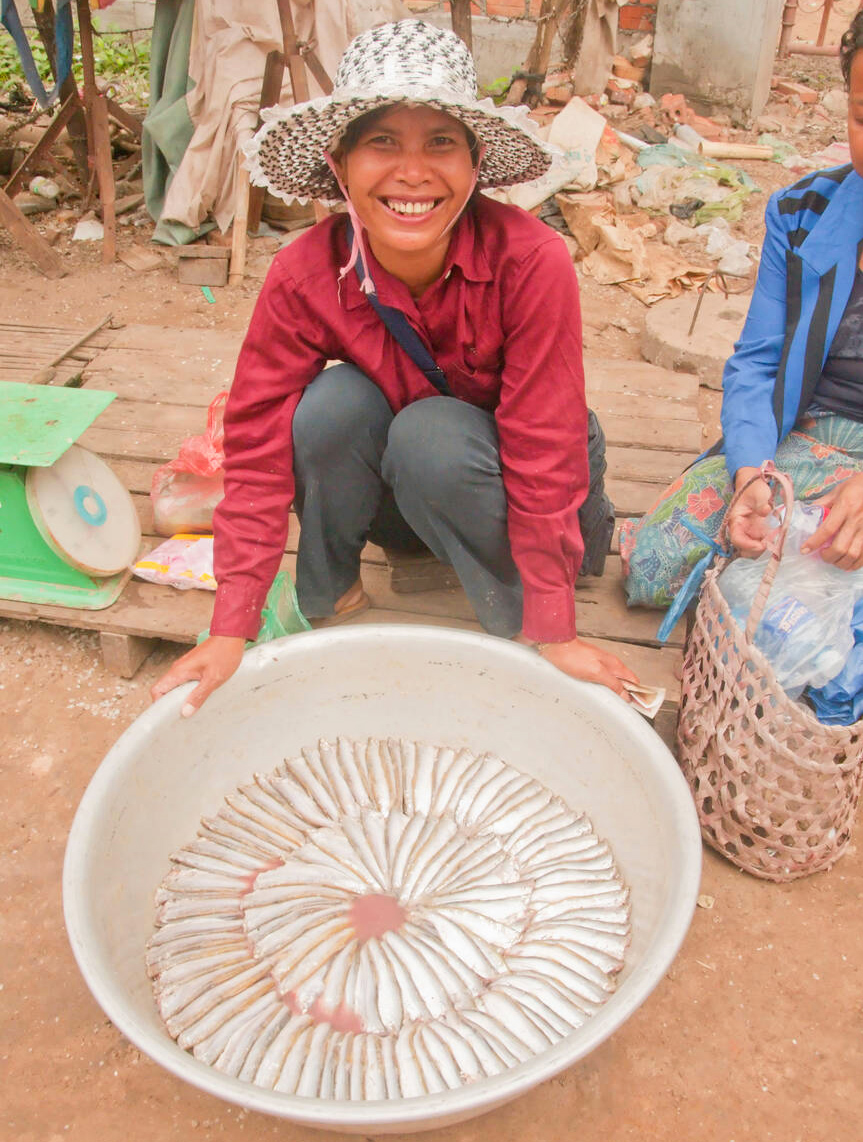
For more than 2 million fishermen living around Lake in Dongli, this big lake is their livelihood guarantee. For some fishermen who have no land resources and cannot be planted in agriculture. For fishermen who have lived in water houses for generations, the fishery resources in Lake Donglisa are their lifeblood. However, it is the enrichment of this fish resources, and now it is also facing multiple pressures such as excessive fishing, environmental degradation, and climate change. Lake Donglisa's annual changes in the production of aquatic production, excessive fishing status quo
The smaller the fish, the less, the less and less ▼
In the mid -1990s, Lake Donglisa's daily fishing volume could exceed 500 tons. Nowadays, the fishing volume of Lake Donglisa has decreased year by year, which has made the people who have eaten by the lake at a loss. In addition to the quantity, the type of fish is constantly decreasing. Of the 197 kinds of fish recorded in Lake Donglisa, 16 survival has been threatened.
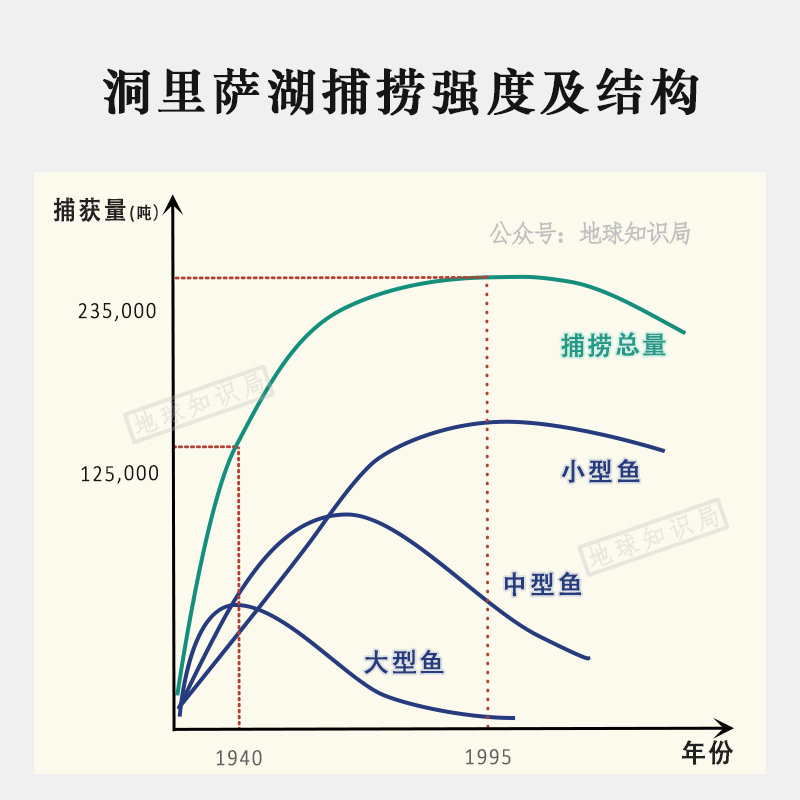
According to the definition of IUCN, these 16 species include 3 categories
(Latin name next to the avatar) ▼
In order to maintain the diversity and richness of the fish fish in the cave, Cambodia has worked in the fishery ecosystem of Lake in Donglisa. In 2000, Cambodia began to implement the reform of fishery policy, converting 56%of fishing grounds into community fisheries. In 2012, the Cambodian government abolished the private fishing ground system for a century and officially removed the commercial fishing farm from Lake Donglisa to manage and protect the form of a conservation area and community fishing ground.
As the birthplace of another important sense of the Mekong River
The ecological significance of Lake Donglisa (Figure: shutterstock) ▼
At present, the fisheries on Lake Donglisa are divided into three types: small -scale, self -sufficient fisheries, medium -sized fisheries, and large fishing ground fisheries. Among them, small fishing grounds can be caught throughout the year, while large and medium -sized fishing grounds can only be caught during the fishing period.
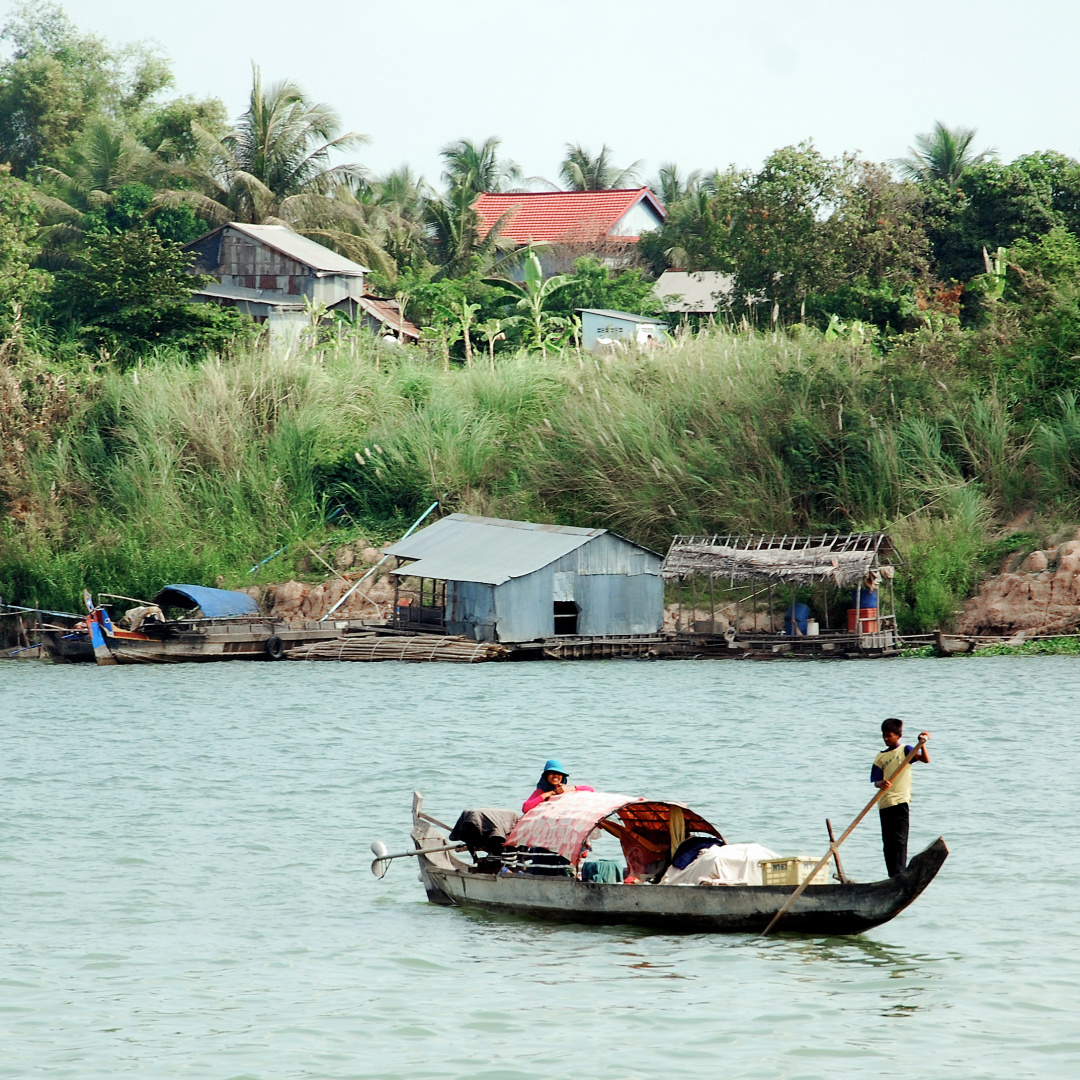
Due to the different capture power of different sizes, the fishing period should be allocated on demand
(Figure: shutterstock) ▼
Today, the common fishery policy (CFP) and sustainable livelihood (SLA) with equal access to fishing, fishery quotas, unified fishery licenses, fishery resources protection and ship reduction plans are considered to be the mainstream methods of small fishery management. The Cambodian government is also working hard to move closer to this method, so that the freshwater fishery resources in Lake Donglisa and its basin exert their maximum benefits.
The artificial fishing method of using the wooden grid network is both traditional and quite craftsman.
(Figure: One picture network) ▼
In addition to relying on handmade fishing completely on nature, in recent years, human -dominated aquaculture industry has also led some fishermen who faced the crisis of survival due to the decline in fishing volume and found a new way. Over the past 20 years, the aquaculture industry in Cambodia has been over 20 times. From 2014 to 2019 alone, the total amount of aquaculture products in Cambodia increased doubled, exceeding 300,000 tons for the first time.

Not only fish farming, Cambodia has also found a new way for crocodile breeding in recent years
In addition to providing leather, the crocodile farm also contributes to the local tourism industry
(Figure: shutterstock) ▼
Many fishermen in Lake Donglisa have gradually transformed into fishery breeding. However, because the market price of farming fish is half of freshwater fish, and Cambodia's relatively backward aquaculture equipment and technology, many fishermen who want to transform are daunting. It can be seen that in the construction of a commercial aquaculture system, Cambodia still has a long way to go.
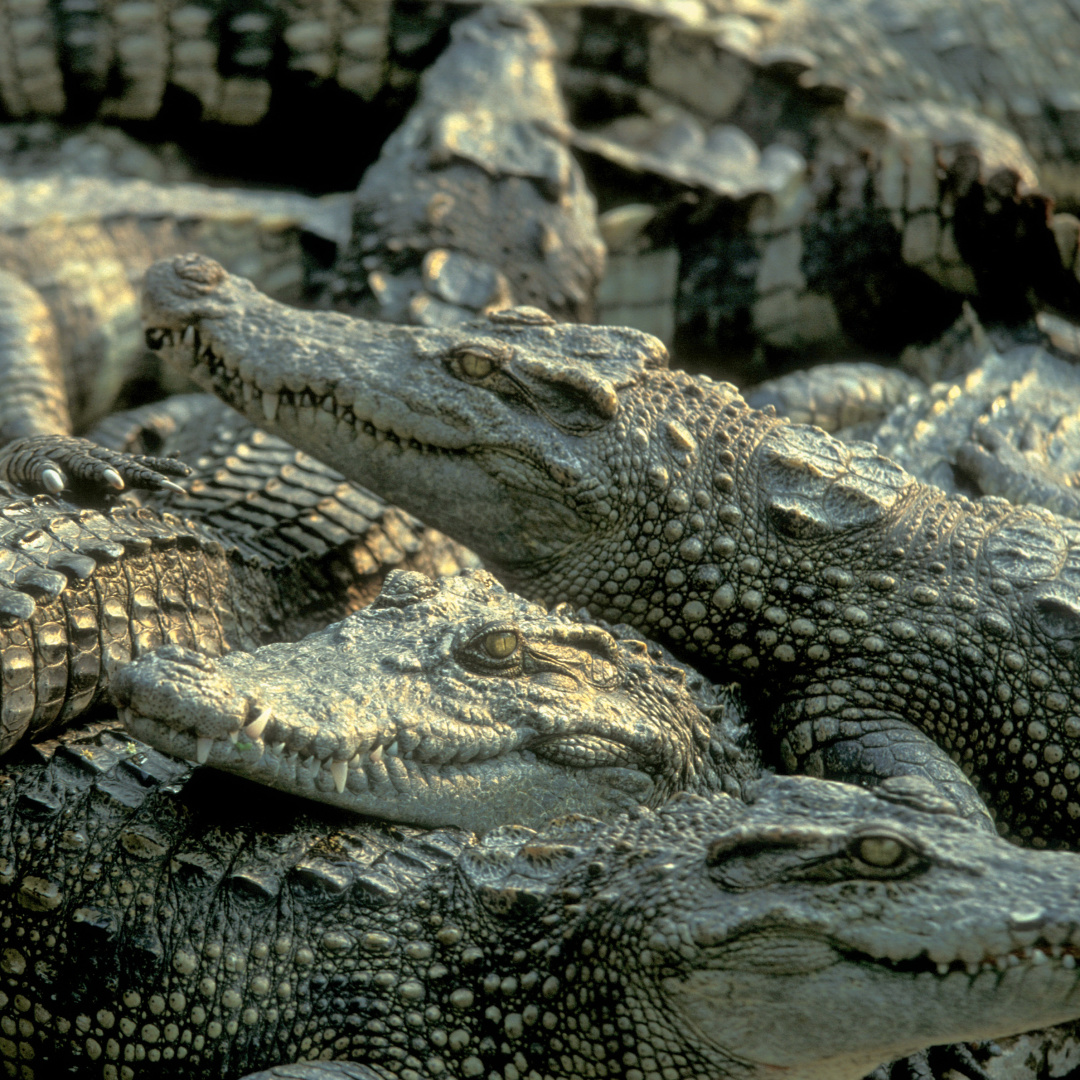
In addition to fisheries, the rice planted around Lake of Donglisa is also an indispensable source of food on the Cambodian dining table.
With the Daoxiang River running (Figure: One Photo Network) ▼
Increasingly water -deficient agriculture
According to terrain conditions, Cambodia agriculture can be divided into four main areas, namely the northern mountains, the central plains, the southern coast, and Donglisa Lake District. Thanks to suitable conditions, rice is an important crop in Cambodia and is known as the "white gold" on this land.
In terms of product quality, Cambodia's high -quality jasminerice
The "World Best Rice Award" selected by The Rice Trader for many years
(Figure: shutterstock) ▼
In the Lake District of Donglisa, the type of rice planting is divided into deep rice, low -lying rice and dry season rice. Among them, low -lying rice is mainly planted in the flood plain areas that are irrigated by rainwater from cities and national roads. Rice in the dry season is the highest yield of rice in this area. However, this kind of rice only occupies a small part of the rice planting of Lake Donglisa, and the main beneficiary is also a rich farmer who has enough irrigation resources.
The cultivation of dry rice needs to be taken care of, and the cost of manpower is naturally high.
(Figure: wiki)
For poor farmers, deep rice that can be grown widely is their lifeblood. Due to the invasion of the Mekong seasonal flood, Lake Donglisa has been submerged for several months each year, providing favorable conditions for deep rice planting.

Different from factors such as irrigation, sunshine, and fertilizer, deep rice can grow freely around the Lake of Donglisa, and eat by the sky. The time and speed of the rising water level is a key factor affecting the density and survival rate of deep rice crops. There is a kind of floating rice in deep rice. During the rainy season, they grow rapidly, which can grow 20 cm a day in the depth of half meters to 3 meters. Within a month, it can grow to 5 meters high.
You only need to be inserted with seedlings, and the water is flooded.
(Figure: One picture network) ▼
Except around the lake area, the tributaries such as Sangke River flowing from Lake Donglisa have provided irrigation sources for agricultural cultivation of farmers in Madwang Province in the lake. However, due to the impact of the construction of upstream dams and global climate change, the water volume of Lake Donglisa has continued to decrease, and there is no sufficient water flow in the existing canal and irrigation ditches to pour rice. Farmers had to buy pumps at their own expense pumps for irrigation, and the output of crops was not as good as one year. Many local villages in the upstream also make the downstream face the shortage of water use
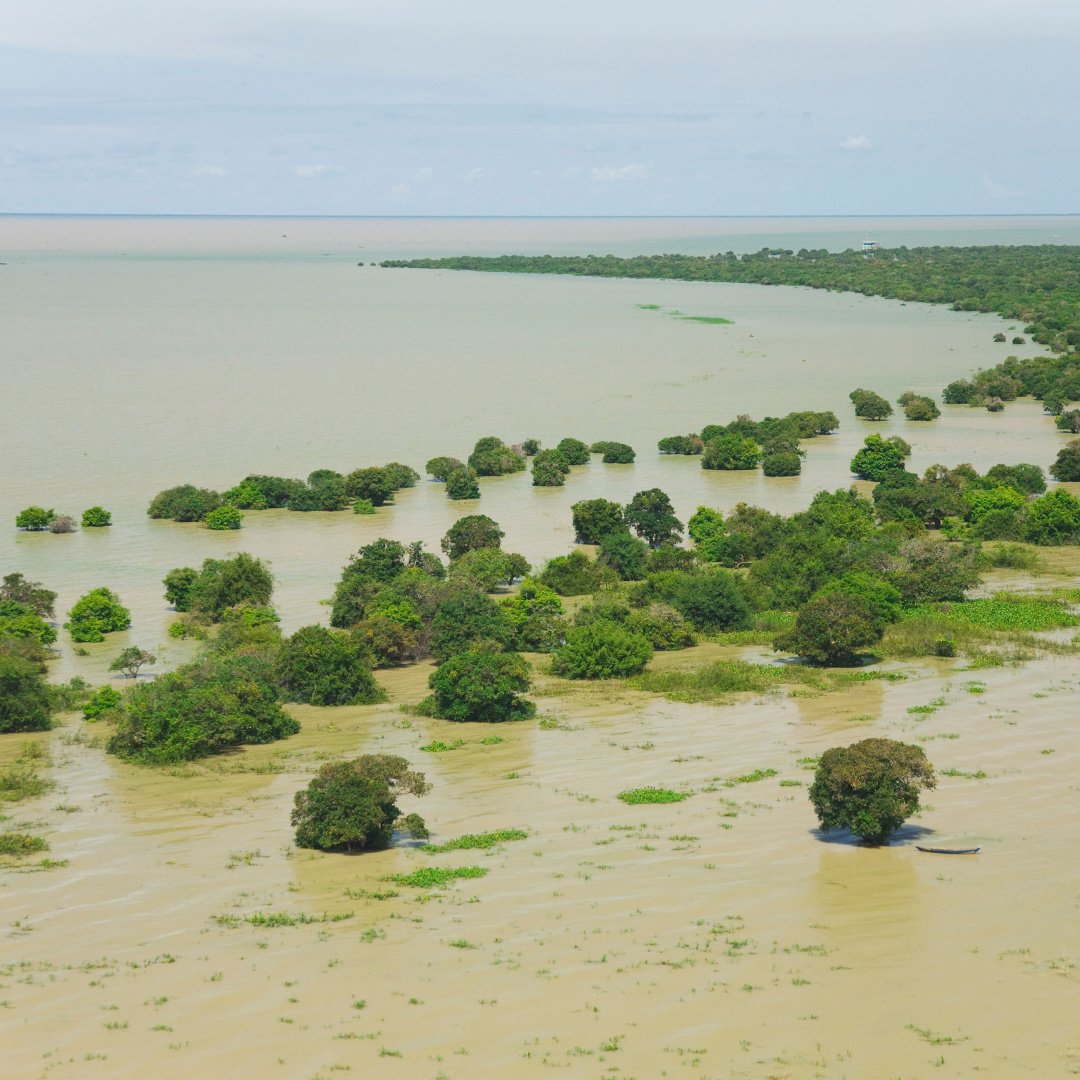
Dam project is not always welcomed by the public (Figure: Flickr) ▼
Nowadays, the continuous built of the upper reaches of the Mekong River has gradually lost the Metro Mongolian seasonal flood pulse, and more and more paddy fields have lost their vitality.
The farmers living in Madewang, Linhu, said that the water volume of Lake Lake in Dongli was abundant. Even in the dry season in April of the year in October each year, rice can be produced normally. Nowadays, due to the decrease in water volume, it can only plant crops with less water in the dry season. If the price is not sold, the output is also declining year by year.
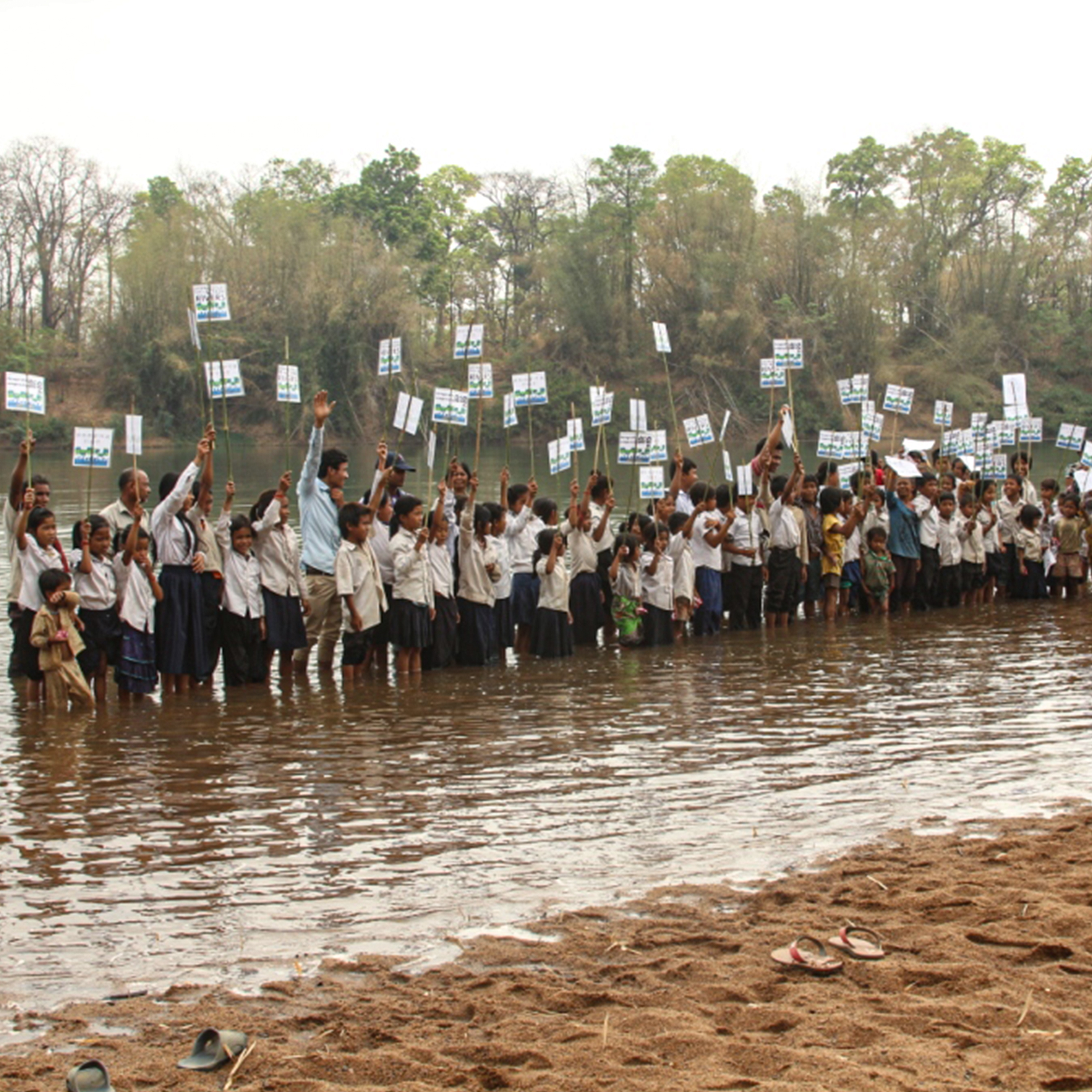
Cambodia is in the lower reaches in the Mekong River Basin
There are more and more dams in the upstream, so why not do it?
(Laos Sayuli Hydropower Station: One Picture Network) ▼
The downturn of agriculture allows a large number of rural population in the Lake Lake in Dongli to move towards the city. Many people who were engaged in agriculture and fishery were forced to leave Lake Donglisa and went to the capital of Phnom Penh, neighboring and Thailand. The reduction of labor force has made the agricultural development of the Lake Lake in Donglisa, and it has become more and more heavy.
For example, to go to the migrant worker who repaired the dam, the contradictions and solutions have been closed
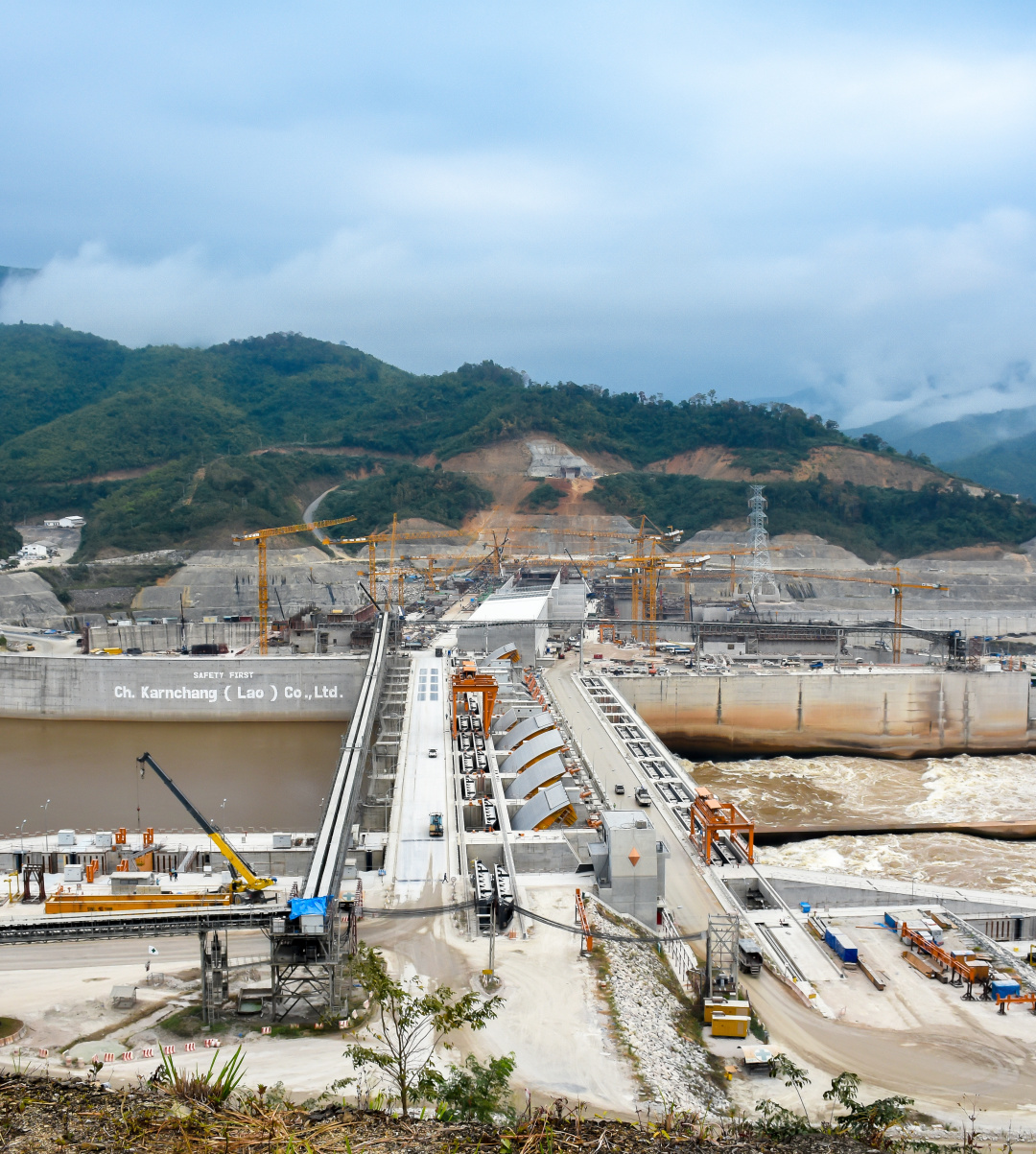
(Figure: One picture network) ▼
In the early 1990s, approximately 80%of the nationwide labor force was engaged in rice planting agricultural activities. According to World Bank statistics, in the past 30 years, despite the continuous growth of Cambodia's agricultural GDP, the proportion of agriculture in total GDP has fallen from about 50%to about 30%, and it has gradually been growing. The second and third industries such as industry and construction industry replaced.
Urbanization finally extended its brutal tentacles to the home of the fishermen of Lake Lake in Donglisa
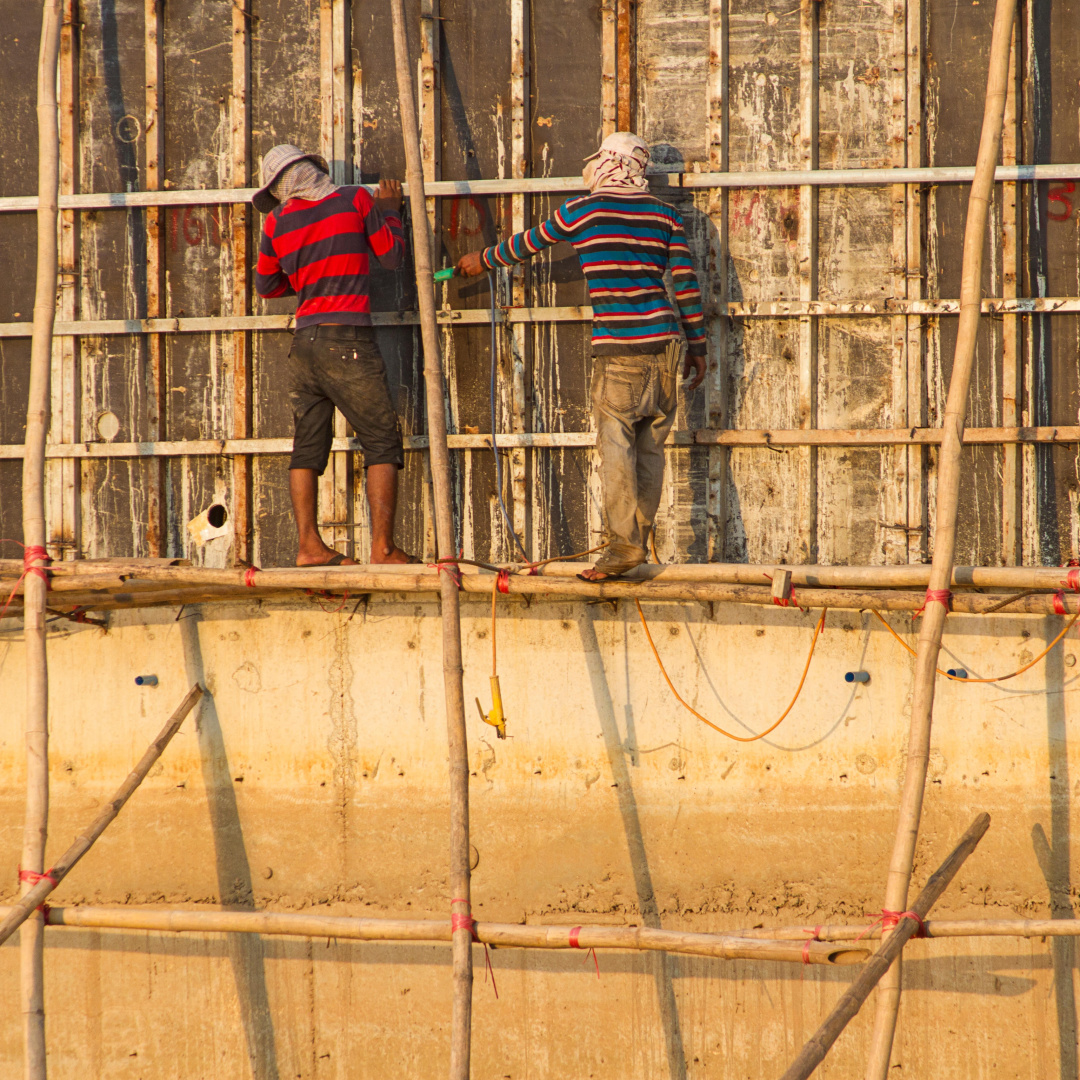
(Figure: Flickr) ▼
For centuries, paddy fields, rivers, lakes, and forests have supported the reproduction of a generation of Cambodians. To this day, traditional fishery and agriculture are still the main source of income for most Cambodians.
For Cambodians, Lake Lake Lake, which has abundant natural resources, is not only their life -saving straw, but also the crux of the development of resource development and no technological innovation.

Eating mountains in the mountains, eating water by water
How many people can survive in the resource trap they have enjoyed?
(Figure: shutterstock) ▼
If you want to change the status quo of Lake Donglisa, you must change the status quo of Cambodia's agriculture and fisheries. Only under the scientific development and multi -party cooperation can the "heart of Cambodia" in Donglisa Lake beating without stopping beating.
references:

1. https://en.wikipedia.org/wiki/tonl%C3%A9_SAP
2. https://en.wikipedia.org/wiki/mekong
3. https://www.thethirdpole.net/en/livelihoods/cambodian-farmers-can-longer-ry-tonle-sap- lay/
4. Seng, R. (2017). LIVELIHOODS in the Changing Tonle Sap: Past, Present and Future (DOCTORAL DISSERTION, Université Paul Sabatier-TOULOUSE III).
5.
6. VARIS, O., Kummu, M., Keskinen, M., Sarkkula, J., KOPONEN, Heinonen, U., & Makkonen, K. (2006). Tonle Sap Lake, Cambodia: Nature's Afflonce Meets Human Poverty. New York: United National Human Development Report.
*The content of this article is provided for the author, which does not represent the position of the Earth Investment Bureau
End
- END -
China responded

We oppose the banner of infrastructure construction, promote geopolitical calculat...
City 24 Hours | Urban Political and Business Relations Ranking: Who is leading, who has improved?
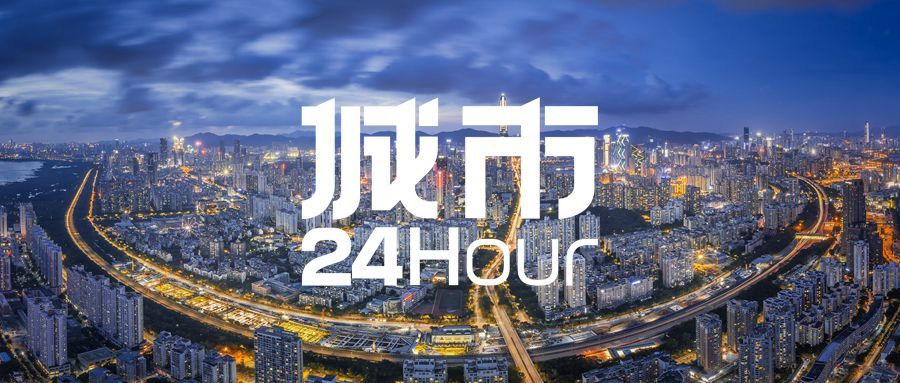
Photo source: Photo Network_500665965On July 5th, the WeChat public account of the...